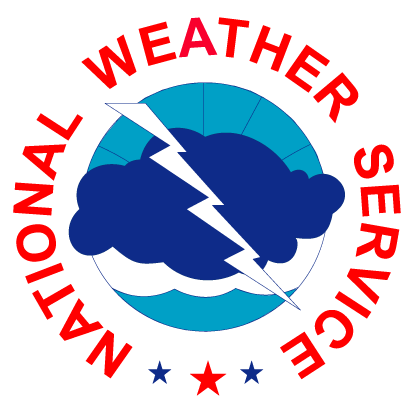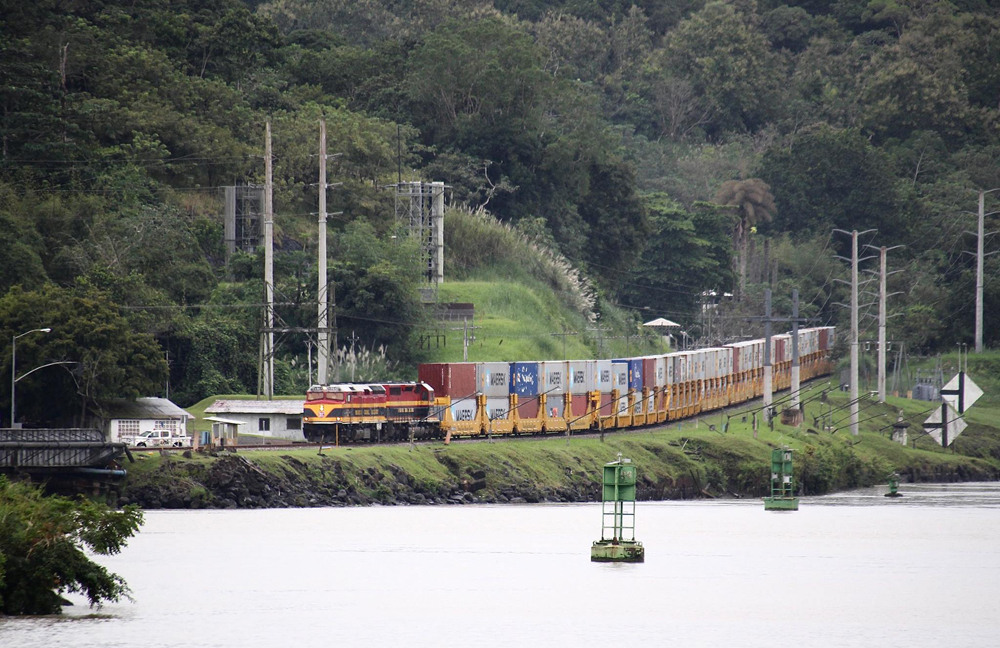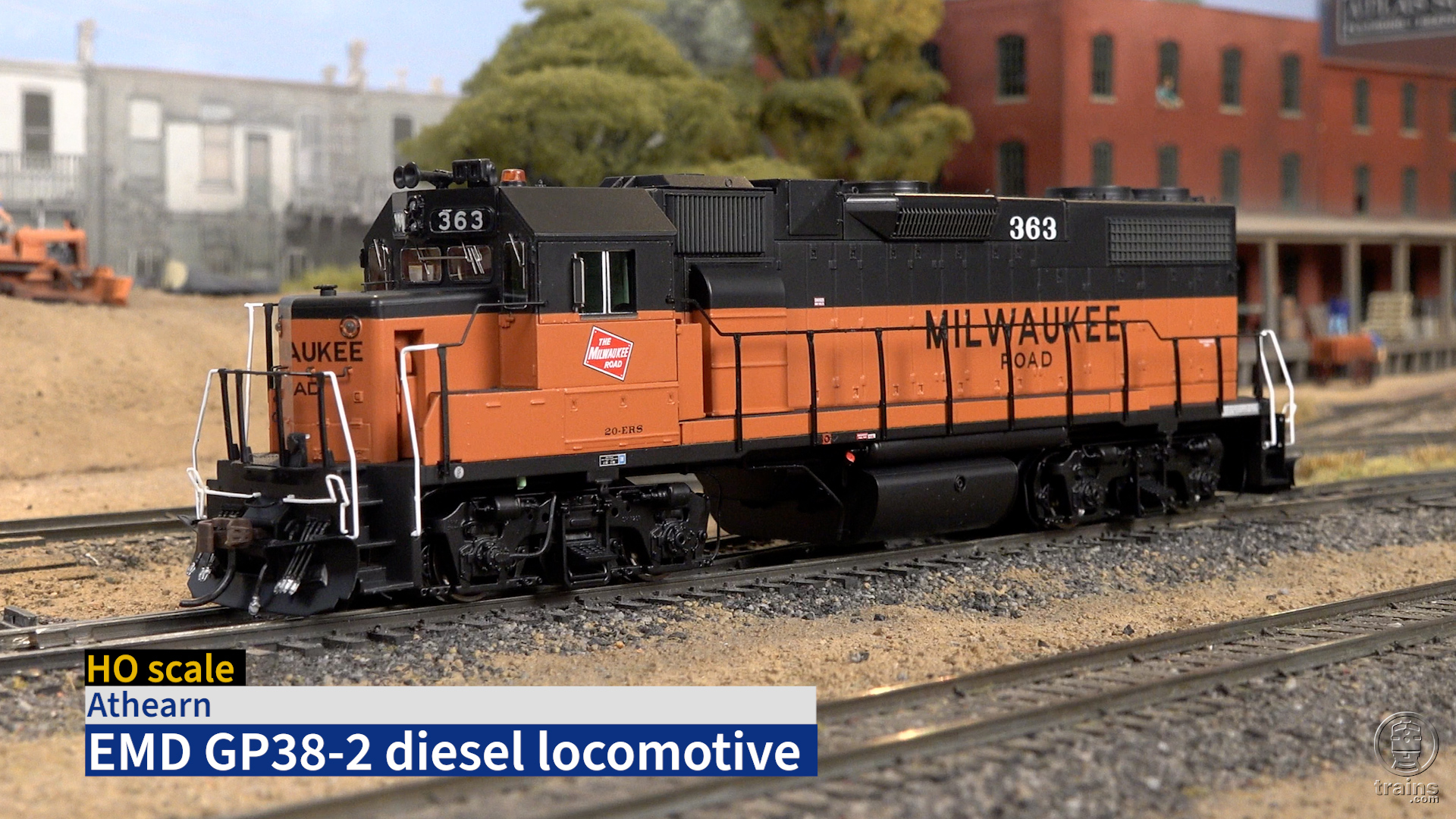Over the weekend, flooding affected hundreds of miles of BNSF Railway and Union Pacific track in Nebraska, Iowa, and South Dakota. Multiple BNSF subdivisions in eastern Nebraska and western Iowa were closed due to the weekend flooding, however the railroad was able to restore service on its main line across Nebraska late Monday. UP’s routes between Fremont and Grand Island, Neb., and Council Bluffs, Iowa, and Kansas City, Kan., were both closed as of Monday afternoon.
“Union Pacific employees are working around the clock to restore rail service in areas experiencing widespread flooding and track washouts,” spokesperson Raquel Espinoza tells Trains News Wire.
The flooding is the result of melting snow across the Great Plains combined with recent rainfall that is overwhelming the region’s rivers, including the mighty Mississippi. The National Weather Service has issued flood warnings across the region and Jessica Brooks, hydrologist for the National Weather Service, says flooding is likely to be a major issue for days and weeks to come, especially along the Mississippi.
“We are expecting the Mississippi River to stay high, potentially into May,” Brooks tells Trains News Wire. “We are also looking at a significant amount of snow needing to melt in the northern parts of the Mississippi River basin, which extends through Minnesota and Wisconsin, so it is likely that we’ll see (even) higher water levels into April.”
In anticipation of flooding, BNSF was already warning customers that it was likely that the Hannibal and River subdivisions, which run along the Mississippi, would be closed in the coming days.
“BNSF crews are conducting ongoing assessments and inspections regarding the condition of our main lines. Additional resources, including ballast, are being deployed to affected locations to make track repairs as quickly as possible,” the railroad wrote in a service update late Monday.















1993 brought the same major flooding
I remember seeing the pictures in July 1965 TRAINS of CB&Q 4960 forwarding some trains where the floodwaters from the Spring 1965 Mississippi River floods were not too deep and not necessarily over the railheads. Realistically, I don’t think that a steam locomotive would have that much of an advantage since the condition of the roadbed may preclude operations anyway if the water is that deep.
During the flood of 1964, Burlington Lines used at least one steam locomotive to move trains over flood waters. There are no steam locomotives available to successor BNSF this time. Some lessons are never learned.
Picking up Penelope’s thoughts: seems to me there is a Northern in the Cheyenne area that until May 1st or so has an open dance card; perhaps get some practice in before her big day on the 9th
????
Penelope, but but…Milwaukee 261.
Rode Amtrak River Runner on Sun to Washington, MO and water was up. UP was running a lot of trains heading east. Did hear that RR was cancelled for yesterday because of floods, We have been warned that this year could be as bad 1993, which was a record breaker for St. Louis area. Levees have been reinforced but we will see what happens.
These 100 year weather events are happening much more often now. In the last year the BNSF line by me has been hit with many flash flood ,high water, high winds and blizzard warnings shutting down the line repeatedly. One train got stuck in a drift so long and deep it took over a day to dig out. That and you have to tow the dead motors down south to thaw out. Since then BNSF has found and used their plows more readily. Now the rains and water. Getting a train from point A to point B is getting lot tougher even the longer way around. Our 19th century rail alignments and infrastructure is really showing its age.